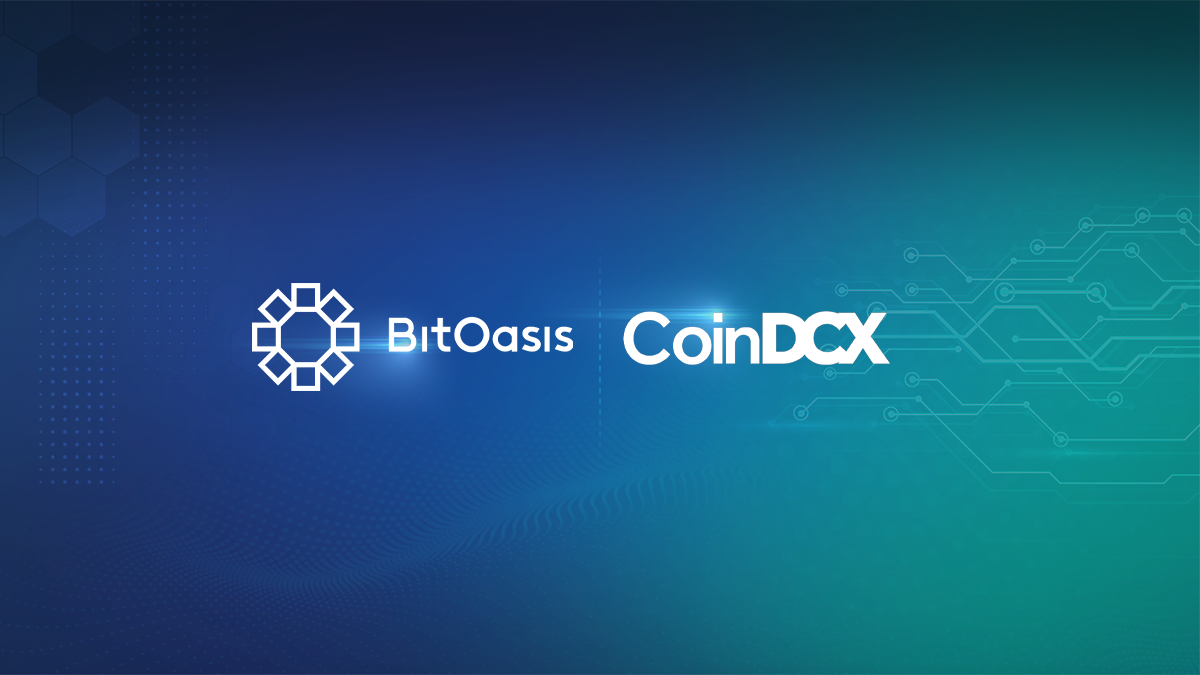What are decentralized stablecoins? Is Cardano better than Ethereum? And how does crypto lending work? More answers to some of the most asked questions about crypto.
Most of the popular stablecoins are centralized, as they’re being issued and burned by a central corporation, and collateralized by fiat and similar conventional assets outside the blockchain ecosystems. Like with Tether, you pay them $100 + fees, you get 100 USDT, and vice versa. On the other hand, decentralized stablecoins are run totally on-chain, and there are several ways to do so.
The most popular decentralized stablecoin, Dai, is collateralized by other crypto assets, and its value is kept pegged to the US dollar through a bunch of smart contracts that make sure the demand and supply are just right to keep its value at $1. Other decentralized stablecoins – known as algorithmic or just ‘algo’ – don’t use collateral and depend solely on algorithms that control the supply and demand to keep the stable value, usually against a native token.
Mainly, Cardano and Ethereum provide the same thing. In fact, one of Cardano’a co-founders, Charles Hoskinson, was also a co-founder of Ethereum.
Being almost 4 years older, Ethereum is absolutely more established and went through a long journey of continuous development. Previously, the main difference between the two chains was the consensus mechanism, as Cardano uses a unique proof-of-stake mechanism called Ouroboros. But after Ethereum’s move to the proof-of-stake, they became almost as energy-efficient as each other.
Cardano’s absolute win comes at speed and cost. While Ethereum can handle up to 30 transactions per second, this number goes all the way up to 250 for Cardano, and while Ethereum’s average fees stand at almost $0.36, Cardano’s average fees per transaction are now at $0.26. Still, many projects and developers prefer Ethereum over Cardano, due to the availability of the various tools and resources they might need, which is a result of its wide popularity and very early presence in the crypto space.
When you borrow money from a bank, you’re technically borrowing their clients’ money, and the bank is only a middleman, charging processing fees, as well as a share of the loan’s interest. In crypto, the bank’s role is replaced by a smart contract. And just like the bank usually asks for a guarantee like real estate or a car, with crypto lending you need to lock a guarantee in the form of cryptocurrencies different from the one you’re borrowing and higher in value. If your collateral’s value falls to the same value as your loan, it gets liquidated to pay back the loan.
There are two types of crypto lending systems; peer-to-peer, where single lenders and borrowers match, and lending pools, where all the lenders put their assets in one place, and borrowers take their loans from the pool. Some of the most popular decentralized crypto lending platforms are Aave, Compound, and Solend. There are also centralized crypto lending corporations, and they usually perform in a very similar way to the traditional banking systems, but use crypto assets instead of fiat for lending.



